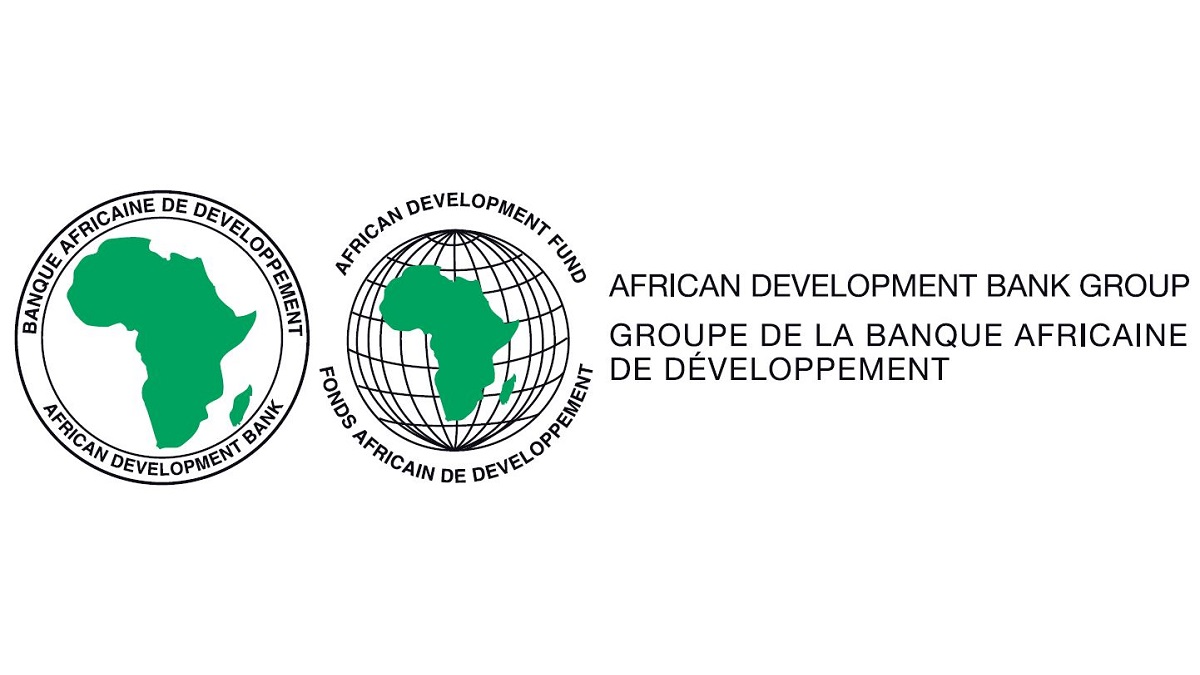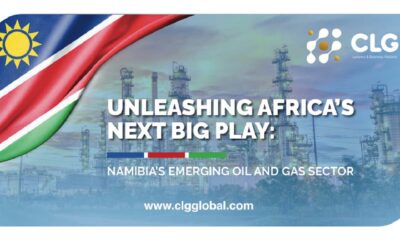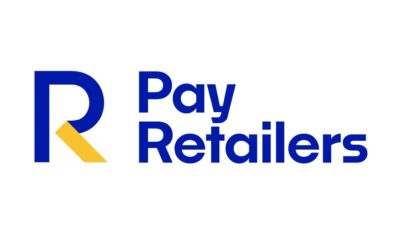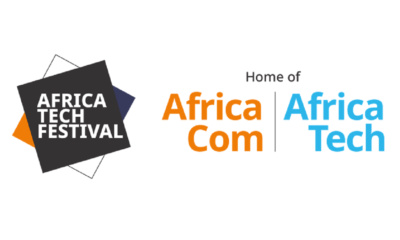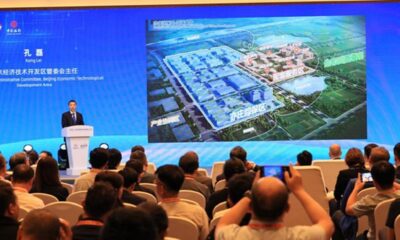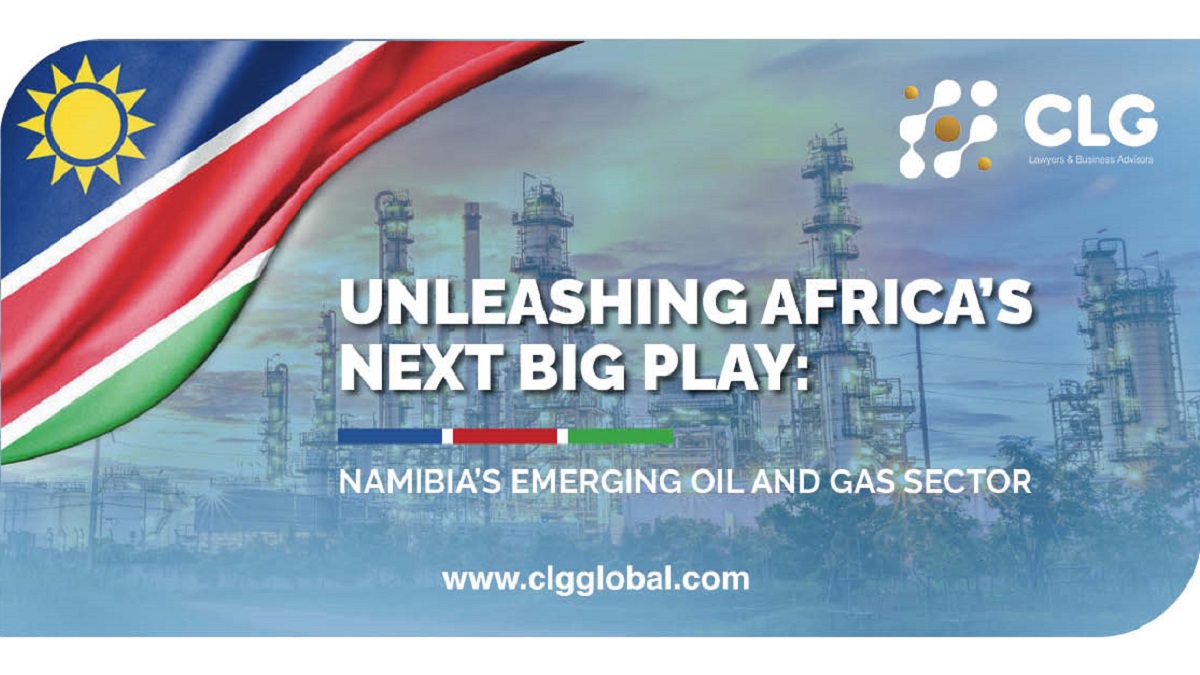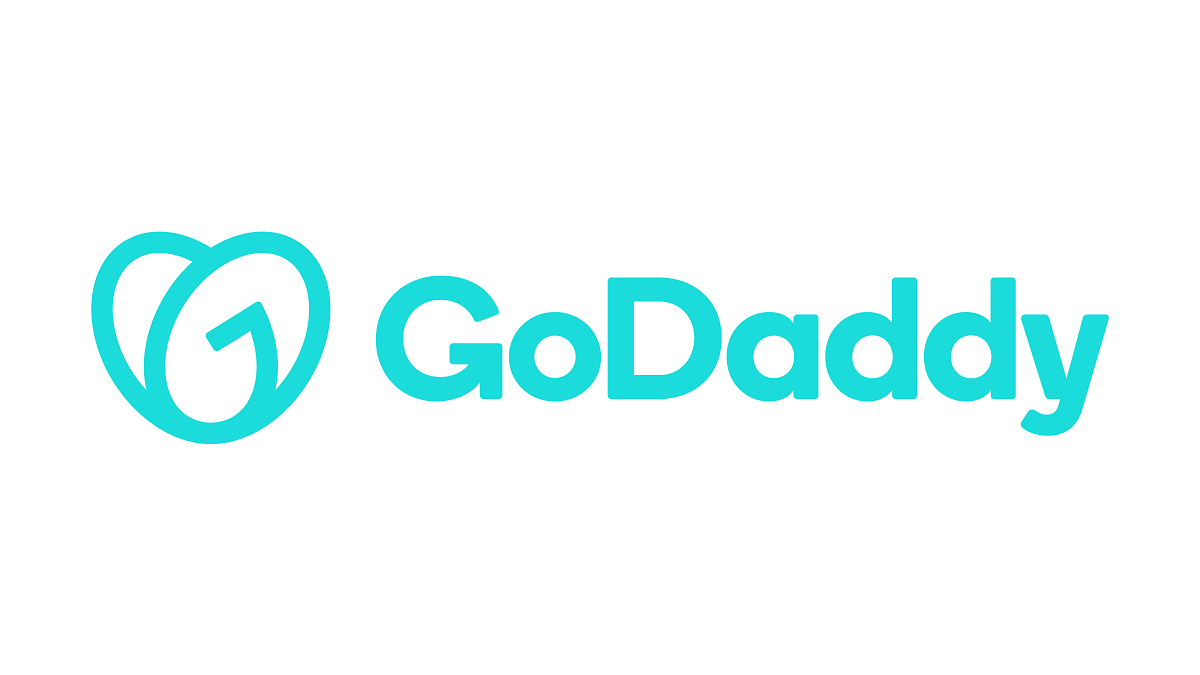One of the primary drivers of Namibia’s attractiveness as an investment destination is its supportive government and investor-friendly policies
JOHANNESBURG, South Africa, September 18, 2024/APO Group/ —
By Rachel Mushabati, Senior Associate Attorney, CLG Namibia (www.CLGGlobal.com).
Namibia, a nation renowned for its breath-taking scenery and abundant wildlife, is becoming more and more well-known for its booming oil and gas industry. Namibia is quickly rising to the top of Africa’s oil and gas exploration and investment destinations because to notable discoveries and a favourable investment climate. Here are some reasons for investors to be interested in Namibia’s developing economy and how business advice and strategic law might improve investment prospects.
A Treasure Trove of Potential
Namibia’s oil and gas sector has garnered international attention due to its substantial potential. Recent exploratory drilling has revealed promising reserves off the coast, particularly in the Namibian offshore region. After several years of extensive exploration, Namibia realized its first oil discoveries. In early 2022, Shell, QatarEnergy, and NAMCOR made a landmark discovery in the deep-water well in the Orange Basin, offshore southern Namibia. This was followed by another significant find in 2023, when TotalEnergies, QatarEnergy, and NAMCOR discovered light oil with associated gas on the Venus prospect, also in the Orange Basin. In 2024, Galp Energia, Custos, and NAMCOR further solidified Namibia’s status with a high-quality light oil discovery in the Mopane-1X well, located in the same prolific basin.[1] These discoveries, alongside notable formations such as the Kudu Gas Field, have positioned Namibia as a key player in the global energy market. The country’s geological formations, particularly in the Orange Basin, have demonstrated significant hydrocarbon potential, making it an attractive destination for exploration and production.[2]
Government Support and Favourable Policies
One of the primary drivers of Namibia’s attractiveness as an investment destination is its supportive government and investor-friendly policies. The Namibian government has implemented a range of initiatives to foster a conducive environment for oil and gas investments. Namibia’s Investment Promotion Act[3] is a pivotal component in the country’s strategy to attract and support investors. This comprehensive legislation provides a range of incentives to enhance the financial viability of projects and reduce initial costs[4]. It also ensures robust legal protections, safeguarding investors’ property rights and offering non-discriminatory treatment compared to domestic investors. By streamlining licensing processes and providing one-stop-shop services[5], the Act simplifies the investment process and reduces bureaucratic hurdles. Additionally, it supports priority sectors such as oil and gas, reinforcing Namibia’s commitment to fostering a transparent, stable, and investor-friendly environment. Namibia’s commitment to creating a stable and attractive investment environment is evident through its proactive approach in engaging with international investors and offering competitive terms.
Strategic Location and Infrastructure
Namibia’s strategic location along the Atlantic Ocean provides a crucial advantage for oil and gas operations. The country’s well-developed port infrastructure, particularly the Port of Walvis Bay, facilitates efficient export and import processes.[6] Additionally, Namibia’s proximity to key international markets enhances its appeal as a hub for energy resources. The development of supporting infrastructure, such as pipelines and storage facilities, further strengthens Namibia’s position as a key player in the global energy supply chain.
Economic Growth and Sustainable Investment Opportunities in Namibia’s Oil and Gas Sector
Investing in Namibia’s oil and gas sector not only presents a wealth of economic opportunities but also aligns with the principles of sustainability and responsible investment. The sector’s expansion is expected to stimulate ancillary industries such as construction, logistics, and technology, benefiting local businesses through increased demand for related services and products. The influx of foreign investment is anticipated to drive job creation, infrastructure development, and overall economic growth. Concurrently, Namibia places a strong emphasis on sustainability and environmental stewardship. The government and industry stakeholders are committed to responsible investment practices that protect local communities and ecosystems. Investors who prioritize these practices will not only contribute to positive environmental and social outcomes but also bolster their own reputation and long-term success in the market.
Conclusion
Namibia’s emerging oil and gas sector offers a compelling opportunity for investors seeking to capitalize on new and promising markets. With its substantial hydrocarbon potential, favourable government policies, strategic location, and burgeoning economic opportunities, Namibia is poised to become a prominent player in the global energy arena. The sector’s growth is anticipated to drive significant benefits across various ancillary industries and create widespread economic development. Additionally, the emphasis on sustainability and responsible investment practices aligns with global standards, ensuring that investments contribute positively to local communities and the environment.
However, successfully navigating this promising landscape requires expert guidance. Engaging with local legal and business advisory services can provide investors with crucial insights, help manage regulatory complexities, and enhance overall investment strategies. By leveraging the expertise of these advisory services, investors can maximize their potential for success and make a meaningful contribution to Namibia’s oil and gas sector. For those ready to explore the opportunities in Namibia’s oil and gas industry, the time to act is now. With the right expertise and strategic approach, investors can unlock substantial rewards and play a pivotal role in the growth of this exciting sector.
Namibia’s oil and gas sector has garnered international attention due to its substantial potential
[1] NAMCOR. Press Releases. Retrieved from https://apo-opa.co/3XO3SZ4. Last accessed 5 September 2024.
[2] Koning, T. “The Orange Basin, Deepwater Namibia- What’s Going on with Its Resources, Reserves and Future Production of Natural Gas?”. Retrieved from https://apo-opa.co/3XMKCv1. Last accessed 6 September 2024.
[3] Namibia Investment Promotion Act 9 of 2016
[4] Namibia Investment Promotion Act Section 4 (4)
[5] Namibia Investment Promotion Act Section 7
[6] Namport. “Welcome to the Port of Walvis Bay”. Retrieved from https://apo-opa.co/3Xq02UC. Last accessed 6 September 2024.
Distributed by APO Group on behalf of CLG.
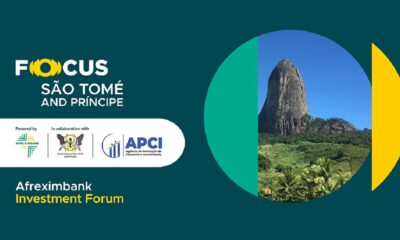
 Business1 day ago
Business1 day ago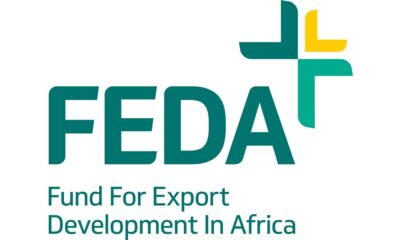
 Business1 day ago
Business1 day ago
 Business1 day ago
Business1 day ago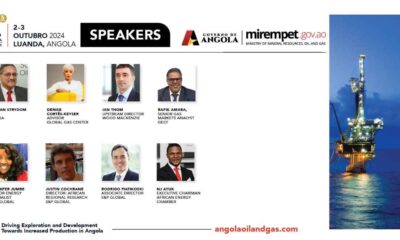
 Business1 day ago
Business1 day ago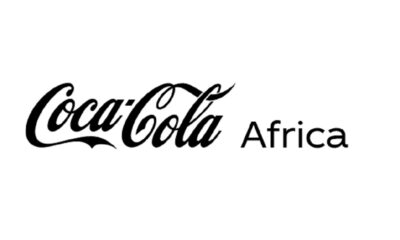
 Business3 days ago
Business3 days ago
 Business1 day ago
Business1 day ago
 Business1 day ago
Business1 day ago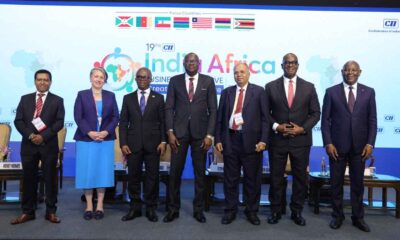
 Business1 day ago
Business1 day ago
